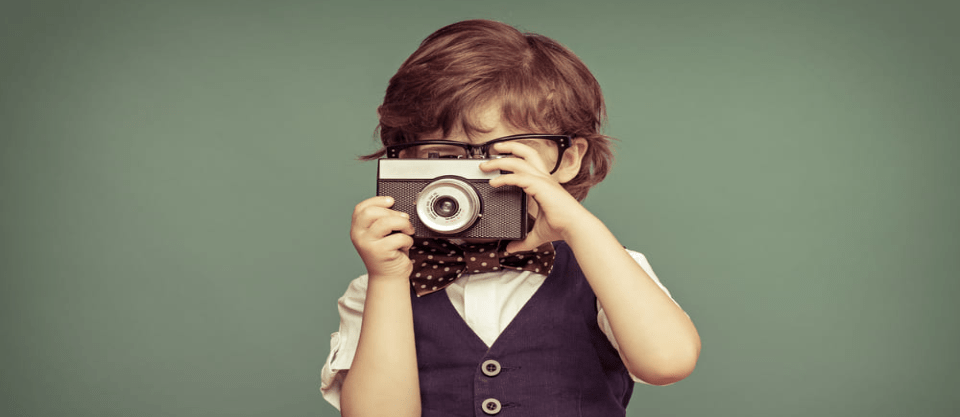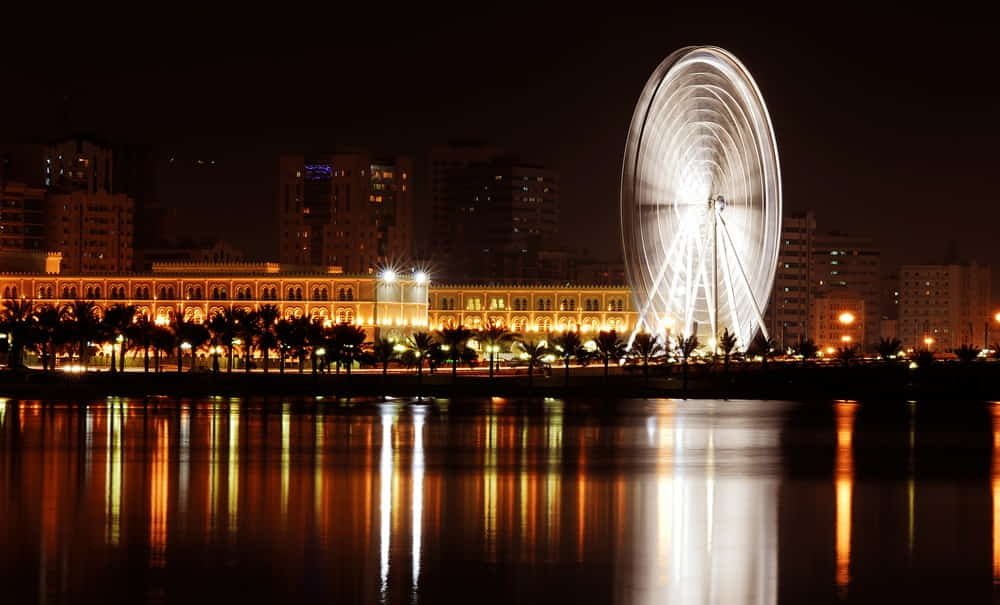
Photography 101: What Do You Need To Know To Become A Better Photographer?
Maybe you just got your first DSLR and you aren’t happy with the images, or maybe you want to learn how to take better pictures of your kids. Whatever the reason, you want to take better pictures. But photography is more complex than simply pressing a button. With all the information out there, where should you start?
If you want to learn how to take better pictures, there’s a number of different concepts to discover and a number of different ways to explore them. Our Photography 101 guide explores the different topics you should know, as well as the best ways to learn.
Photography 101: What should you know?
Exposure
Exposure is how light or dark an image is. If an image is too bright, it’s overexposed. If an image is too dark, then it’s underexposed. The term comes from the basic idea of how a camera works by exposing a digital sensor or film to light. The exposure of a photograph is based on three main settings, all of which you can use by learning manual mode: aperture, shutter speed and ISO.
Understanding exposure through manual modes takes some time and practice, but start with the basics. Aperture is the size of the opening in the lens, a wide opening will let in more light for a brighter image. Shutter speed is how long the camera sensor is exposed to light—use a slow shutter speed and you can have a bright image even if it’s taken at twilight. ISO is how sensitive the camera sensor is to light. You can turn it up if the shutter speed and aperture settings are still resulting in a photo that’s too dark.
Motion, Depth and Noise
 First, master how to get a properly exposed image by setting your own aperture, shutter speed and ISO. But the next step is learning how those elements affect the rest of the image. Shutter speed, for example, affects motion. Anything that moves while the shutter is open will become a blur, so slow shutter speeds create blur while faster shutter speeds freeze the motion.
First, master how to get a properly exposed image by setting your own aperture, shutter speed and ISO. But the next step is learning how those elements affect the rest of the image. Shutter speed, for example, affects motion. Anything that moves while the shutter is open will become a blur, so slow shutter speeds create blur while faster shutter speeds freeze the motion.
Aperture also affects how much of the image is in focus. You’ve probably seen portraits with dreamy, out-of-focus backgrounds, and landscape images where nearly every detail is sharp. That’s all controlled through aperture. ISO affects more than just exposure as well. High ISOs create noise, or a graininess to an image, so higher ISOs don’t get you the good image quality that a lower ISO does.
Composition
Once you’ve mastered exposure, and how aperture, shutter speed and ISO affect the other elements of your image, what are you going to photograph? That’s a matter of composition. Changing what you see through the viewfinder by zooming, moving to a different angle, kneeling down or climbing on a ladder is all a matter of composition.
Composition is what someone is referring to when they say someone has “an eye for photography.” But, there are elements of composition that can be taught. The rule of thirds for example helps you decide where to place the subject in the frame.
Focus
To keep the subject of a photo sharp, you’ll need to learn a few different focusing techniques. There are different autofocus modes that help you get your shots sharp. Single point autofocus allows you to choose what portion of the image to focus on, for example, instead of having the camera choose a point for you. You can also set your camera to focus once, or to keep focusing, like for photographing sports.
Light
 Photography originates from Greek words that mean “writing with light.” Understanding light in photography is essential to becoming a great photographer. The best photographers don’t just look for an object to photograph, but an object with great lighting.
Photography originates from Greek words that mean “writing with light.” Understanding light in photography is essential to becoming a great photographer. The best photographers don’t just look for an object to photograph, but an object with great lighting.
Understanding light is a matter of knowing how and when to look for it, as well as how to manipulate it. For example, it’s easy to find good lighting on a cloudy day or about an hour before sunset. It’s also essential to understand where to place the light—like if you should shoot with the sun coming in from behind your subject, off to the side or in front. Finally, photographers should also know how to manipulate that light, or how to use a flash or other studio lighting to get a great image, even if the existing light isn’t that great.
Photo processing
Thankfully, you no longer have to have a darkroom to perfect your images. Learning how to use a program like Photoshop or Lightroom is a big step to creating better images. By shooting in the RAW file format, you have some control over the image’s sharpness, white balance and exposure even after you took the shot. An even better thing to learn is how to edit an image without making it obvious you edited the image. The best photography edits are the ones that blend seamlessly, creating a better photo, but a photo that still looks like a photograph.
Gear
A great camera doesn’t take great pictures unless of course there is a great photographer behind it. But while the camera is just a tool, it’s essential to understand that tool to get the most out of your pictures. You should learn enough to decide what camera you should buy, then get to know the ins and outs of your camera.
But there’s also a lot more to photography gear than just a camera. Lens filters can often make or break a shot. Tripods are essential for using slow shutter speeds. And choosing the right lenses is just as important as choosing the right camera.
Photography 101: What’s the best way to learn how to take better pictures?
That’s a lot of information to cover. You’re not going to master exposure and composition just by reading one article. Learning photography takes time and effort, but there’s also more than one way to learn. Here’s a few of the great options for learning photography.
Mentors.
Having someone with photography experience to help you is invaluable. A computer can’t take a look at your photos and make suggestions to improve. A photography mentor or teacher can look at your work and identify what you specifically could do to take better photos. A mentor is also great for answering specific questions.
Reading.
We wouldn’t put a blog together if it wasn’t a helpful way of learning photography. While a blog can’t replace a photography class or a good teacher, reading up on different photography topics can help you improve your photos and troubleshoot what you might be doing wrong.
Exploring.
A good way to learn about photography is simply to take your camera out and take pictures. After you read an article about aperture, for example, head out and experiment. Take photos at different apertures and watch for the images change. Don’t try out a new technique when photographing a once-in-a-lifetime event, but head out when the photos don’t really matter and see what you can capture.
Completing a photography challenge.
A good way to improve your photography is to challenge yourself. Participate in a 365 day challenge and take an image every day for a year. Join photography communities that challenge you with a specific subject every week or month. Identify what you don’t like about your photos and challenge yourself to change that.
Take a photography class.
 Online photography classes are one of the best ways to learn about photography. Why? It combines all the other learning options above into one. You’ll have a great mentor in the instructor. You’ll read about an element of photography, then head out with your camera and explore it. Class assignments are photography challenges. Classes also have the benefit of being structured to cover all the bases. Having a teacher to instruct you and also provide feedback on your images is invaluable.
Online photography classes are one of the best ways to learn about photography. Why? It combines all the other learning options above into one. You’ll have a great mentor in the instructor. You’ll read about an element of photography, then head out with your camera and explore it. Class assignments are photography challenges. Classes also have the benefit of being structured to cover all the bases. Having a teacher to instruct you and also provide feedback on your images is invaluable.
There’s much more to learn about photography than the simple press of the button, and even seasoned photographers still pick up new skills and ideas. To learn photography, you’ll want to learn about exposure, and how that also affects the motion, depth and noise in an image. Composition, focus, light, photo processing and equipment are also essential things to learn to take better pictures. The best way to learn? Taking a photography class.
Looking to sharpen your photography skills? Join our top-rated professional diploma in photography today!



